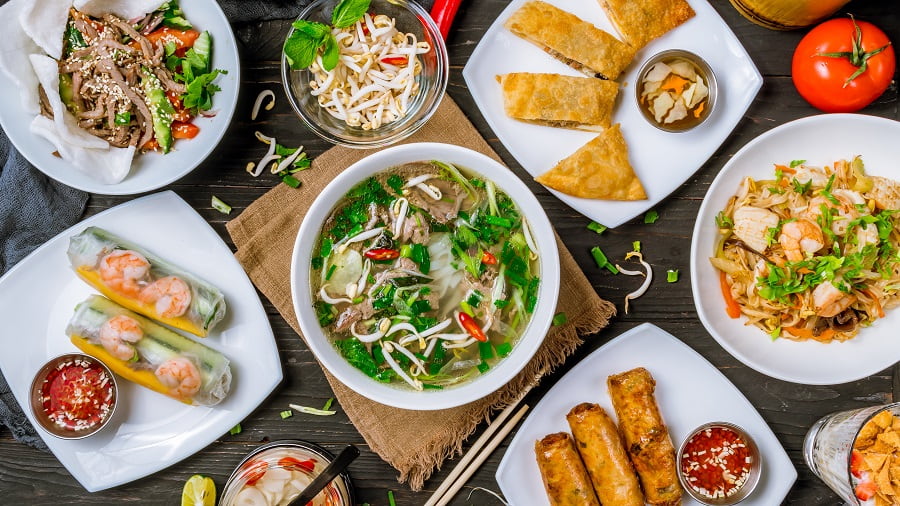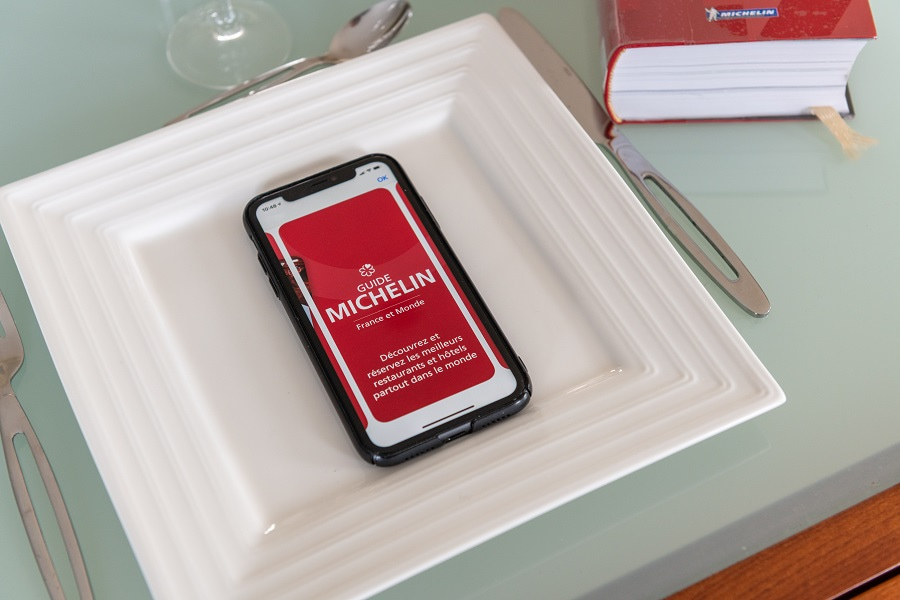While earning a Michelin star is hard, keeping it can prove to be even more difficult.
Restaurants that have earned a Michelin star don’t have to reapply, but every year, Michelin sends anonymous inspectors to regularly check the consistency and quality of the food served in each restaurant.
If the quality is higher than the previous year, Michelin will grant the restaurant an additional star to make it two stars. Similarly, if the restaurant already has two stars, it will be upgraded to three stars.
If a restaurant fails to meet or maintain the criteria, they may lose a Michelin star or be removed from the list. This might have unwelcome repercussions on the restaurant’s business. For instance, when Chef Kevin Thornton's restaurant at the Fitzwilliam Hotel in Dublin lost its star, its profits dropped by 76%, eventually forcing the restaurant to close at the end of October 2016.
So, what are the solutions that restaurants need to pay attention to? In my opinion, there are four main points.
First, restaurants need to carefully evaluate their business model and target markets, not just relying on Michelin stars to attract customers.
Second, restaurant managers and staff need to be well prepared and well trained to maintain and preserve the Michelin star(s). Restaurants should consider hiring more staff to accommodate increased customer volumes and improve organisational and inventory processes.
Third, to improve customer satisfaction, restaurants should also invest in service quality and decor, while not putting too much pressure on the financial performance of the business.
Finally, restaurants should carefully plan for the amounts and types of investment they will make, as well as their financial resources. The passion and culinary artistry of the chefs must also be nurtured, as they all contribute to the success of the restaurant.
Story: Ha Quach (Vincent), Associate Lecturer in Tourism and Hospitality Management, The Business School, RMIT University
About the author
Ha Quach (Vincent) is an educator with more than 10 years of higher-education teaching experience in tourism and hotel management. He was educated in New Zealand, Switzerland and the United States, and holds a Certified Hospitality Educator (CHE) certification from the American Hotel & Lodging Educational Institute (AHLEI). Ha has also held various industry positions in hotels, restaurants and airlines in Switzerland, Greece, New Zealand, the United States and Vietnam. In addition to being an educator, Ha is currently a PhD candidate in Educational Administration and Leadership.
Masthead image: Lukas Gojda – stock.adobe.com | Thumbnail image: Ricochet64 - stock.adobe.com






